#Western Gull
Text
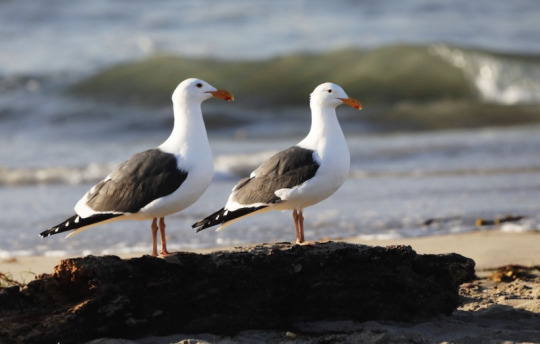

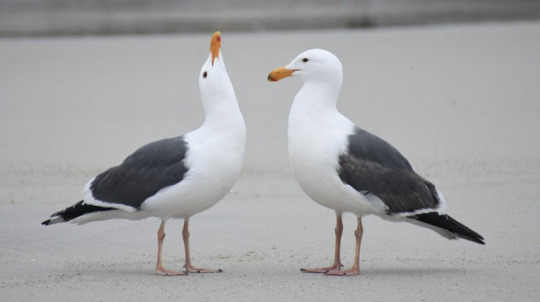
the western gull is just one of many birds known to display same-sex pairing behavior. however, it had previously been unclear if one partner in female-female pairings took on a typically ‘masculine’ role and the other took on a ‘feminine’ role, regardless of sex. it had been hypothesized that these pairings were the result of one gull adopting a typically masculine role. researchers found that regardless of same-sex pairings, the gulls behaved identically to members of their sex in opposite-sex pairings. additionally, up to 14 percent of 1,200 seagulls in the survey were in same-sex pairings.
4K notes
·
View notes
Text
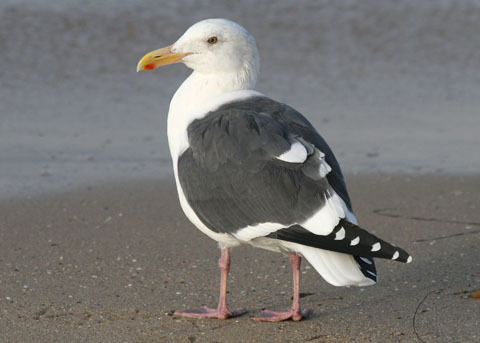
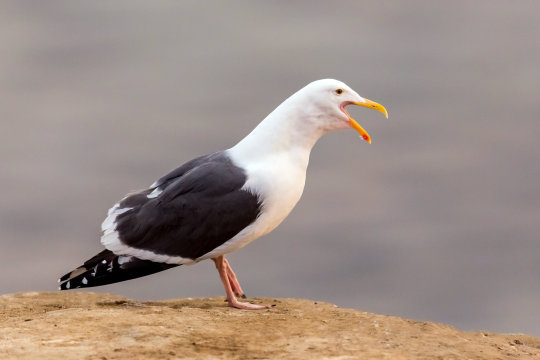
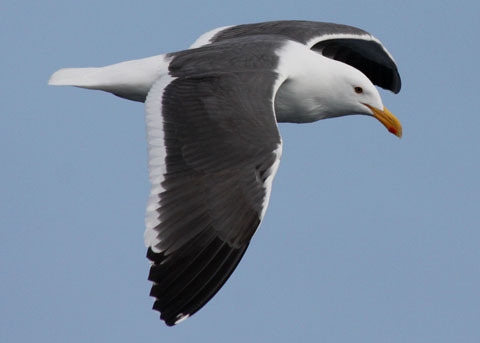
Western Gull, Best(ern) Gull
The western gull (Larus occidentalis) is a common sight throughout the western coast of North America, from British Columbia in Canada to Baja California, Mexico. Within this range, it is found almost exclusively near the coast or on offshore islands, and only rarely turns up more than 160 km (100 miles) inland or far out at sea.
One of the larger gull species, L. occidentalis weighs about 0.8-1.4 kg (1.8-3.1 lbs) and measures 130 to 144 cm (51 to 57 in) from wingtip to wingtip. The markings are fairly plain; adults of both sexes sport a white head and body and grey or black wings. The bill is bright yellow, with a red spot on the lower portion. Because of their simple plumage, the western gull bears a strong resemblance to several other gull species that inhabit the same region, including the California gull and the glaucous-winged gull. In fact, the western gull has been known to hybridize extensively with the glaucous-winged gull, and in some regions the hybrid population is larger than either parent species.
Western gulls establish territories as mated pairs within a larger colony, and once a territory has been established they almost never relocate. Courtship begins in the spring, around March, and is usually complete by May. Males establish a nest in the colony, and prospective females arrive to inspect it. After a brief ritual, the male and female become paired for life. A typical clutch consists of 1-3 eggs, which are incubated by both parents until they hatch about a month after laying. Chicks remain at the nest for an additional 10 weeks, but mortality for young western gulls is extremely high and only 1 in 3 typically make it to independence. Adults may live to be anywhere between 15 and 25 years old in the wild.
L. occidentalis is perhaps best known for its large and voracious appetite. While strictly carnivorous in the wild, individuals will consume a variety of unappetising foods including plastic, decaying plant material, garbage, and food scraps offered by humans. In their natural habitat, the western gull feeds on fish, marine invertebrates like crabs and snails, and terrestrial invertebrates such as earthworms, beetles, and carrion. This species is also known for stealing from other animals, and groups often establish themselves near other shorebird colonies in order to poach their meals. Adults themselves are seldom predated upon by other animals, but chicks may become food for predators like foxes and coyotes.
Conservation status: Based on their large and stable population, the IUCN has determined the western gull to be of Least Concern. The most common threats to this species are contamination from pesticides and herbicides, habitat loss, and consumption of inorganic materials like plastics.
If you like what I do, consider leaving a tip or buying me a kofi!
Photos
John C. Avise
Mick Thompson
#western gull#Charadriiformes#Laridae#gulls#sea birds#birds#marine fauna#marine birds#coasts#coastal birds#north america#western north america#Pacific ocean#animal facts#biology#zoology#ecology
86 notes
·
View notes
Photo

Western Gull (Larus occidentalis)
© Alice Cahill
169 notes
·
View notes
Text

Western gull (Larus occidentalis) feeding a squid to its chicks at Pismo Beach, CA.
Photo by Marlin Harms
#predation#western gull#sea gull#larus occidentalis#larus#larinae#laridae#lari#charadriiformes#gruimorphae#neognathae#aves#archosauria#reptilia#tetrapoda#vertebrata#chordata
103 notes
·
View notes
Text

Western Gull
#photography#nature#bird#birding#photo#birds#bird photography#wildlife#bird photos#bird watching#seagull#seabirds#sea#water#water bird#gull#western gull#nature photography#birds nature#wildlife photography
12 notes
·
View notes
Photo


western gulls at santa monica beach
18 notes
·
View notes
Text
Round 1, Side A: Match 5
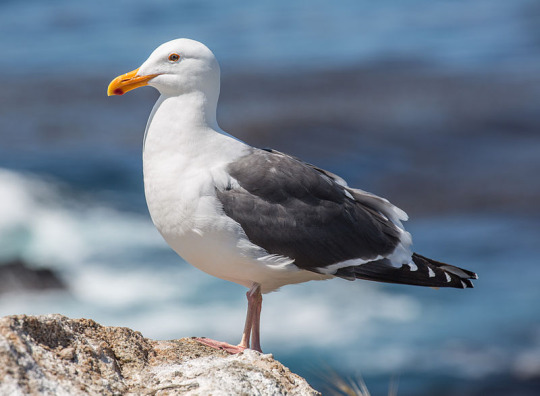

[Image ID: Two pictures of gulls. The left is a western gull standing on a rock. The right is a great black-backed gull standing on a rock. /End ID]
The western gull (Larus occidentalis) is a large gull that lives on the west coast of North America from British Columbia, Canada to Baja California, Mexico. They typically measure 55-68 cm (22-27 in) in length and 130-144 cm (51-57 in) in wingspan. They have a white head and body, dark grey back and wings, pink legs, orange eye ring, and heavy yellow bill with red spot. They rarely venture more than 160 km (100 mi) inland from the ocean. In the northern part of their range, they hybridize so frequently with glaucous-winged gulls that the hybrids ("Olympic gulls") are more common than either species. They feed on fish, invertebrates, and carrion, and occasionally other birds. They are even known to steal milk from sleeping mother seals.
The great black-backed gull (Larus marinus) is the largest gull in the world, measuring 64-79 cm (25-31 in) in length and 150-170 cm (59-67 in) in wingspan. They live and breed along the European and North American coasts and islands of the northern Atlantic. They have white underparts and head, dark grey back, dark grey wings with white "mirrors" at the tips, pink legs, and large, powerful yellow bill with red spot. They are apex predators and are known to frequently and aggressively hunt prey such as other smaller birds and mammals, unlike most other gulls. They also eat fish, crabs, and other invertebrates, and steal food from other birds.
western gull image by David Iliff
great black-backed gull image by Andreas Trepte
11 notes
·
View notes
Text

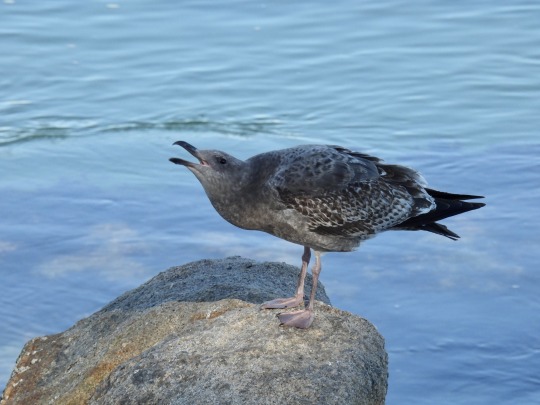
Western Gulls, adult and juvenile
3 notes
·
View notes
Text

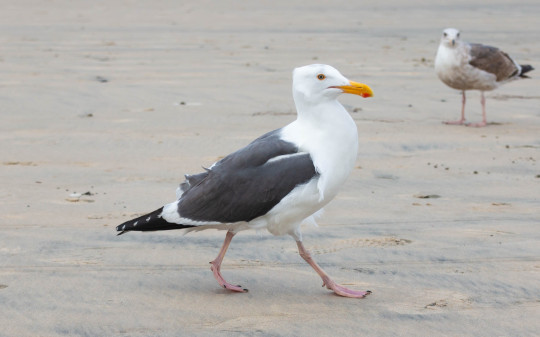

[Image ID: Three pictures of gulls standing or walking across sand in profile. They are (from top to bottom): Heermann's gull, western gull, and ring-billed gull. /End ID]
a small collection of gulls
15 notes
·
View notes
Text

Bird photo bombs are a favorite!
#pnwonderland#western gull#oregon coast#coastal life#pnwlife#amateur photographer#photo by kristan#water witch#ocean
6 notes
·
View notes
Text
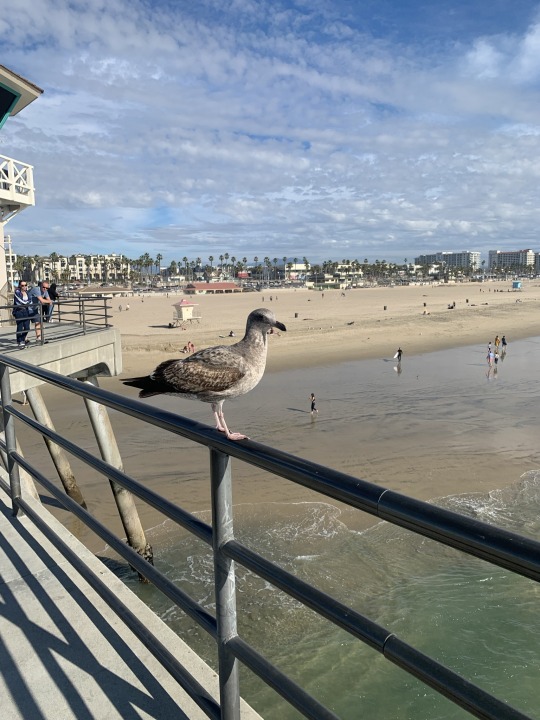
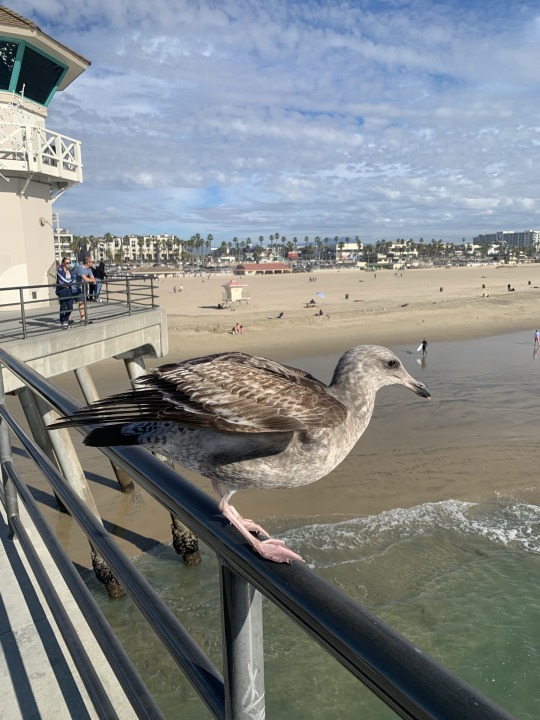




January 16, 2022
Huntington Beach, CA
3 notes
·
View notes
Photo
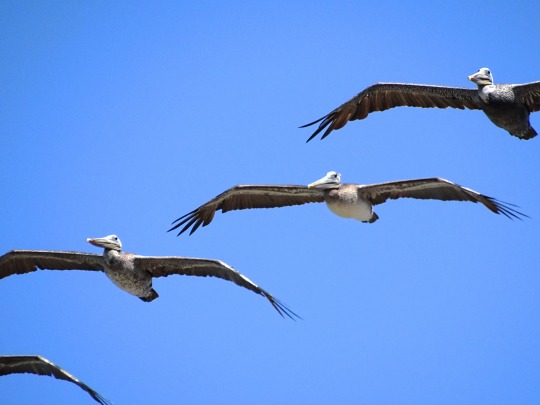
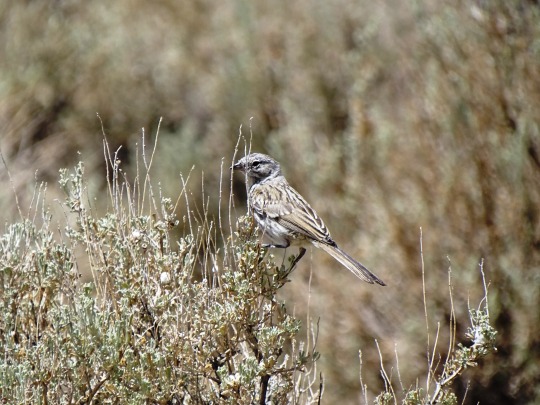

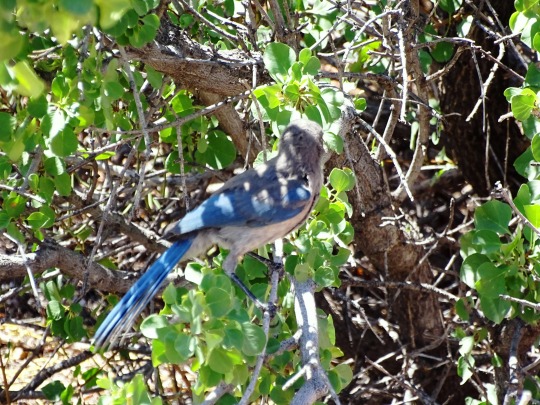

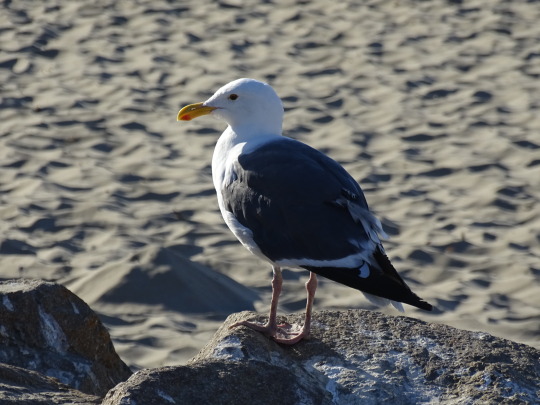

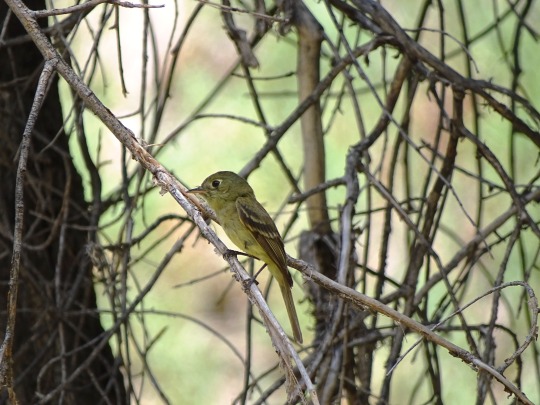
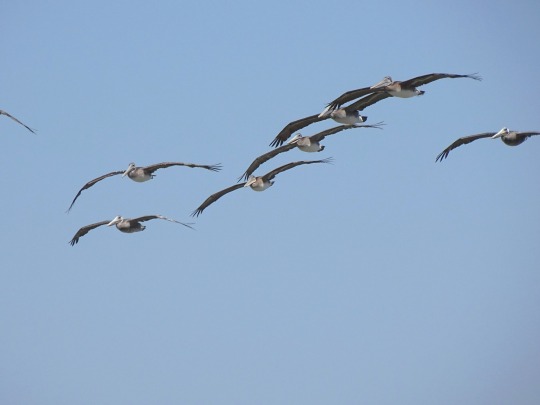
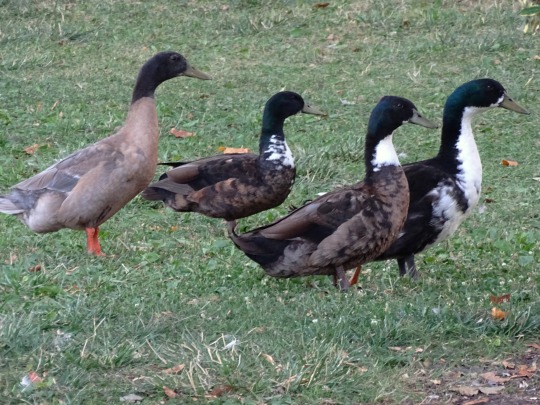
Audubon Day
We greatly admire people working towards conservation activities and this factors into our celebrations of Audubon Day on April 26 each year. Held to commemorate the birth of John James Audubon, a brilliant illustrator, conservationist, ornithologist, and naturalist, this day also recognizes the crucial work done by The National Audubon Society.
When is Audubon Day 2023?
John James Audubon’s brilliant work and legacy are celebrated on Audubon Day on April 26.
History of Audubon Day
This day is celebrated in honor of (and marks the birth of) John James Audubon, a French-American ornithologist, naturalist, and painter who was well-known for his extensive studies on American birds and their habitats. Born in Saint Domingue (now Haiti), Audubon was raised in France by his father and stepmother. He began studying and drawing birds after moving to America, continuing to do so even as he moved to Kentucky with his wife, Lucy. He began delving deeper into his hobby of bird illustrations after the store that he owned went bankrupt, even sailing down the Mississippi River on a flatboat to find new birds to paint. He was so successful that he took his work to England and published it there. This work, Audubon’s greatest work, “The Birds of America,” is now widely considered as one of the most noteworthy examples of wildlife illustration. It set the tone for future wildlife illustrations; even today, artists are measured against this book’s standards.
Years after Audubon’s death on January 27, 1851, one of Audubon’s wife’s students, George Bird Grinnell, went on to co-found the National Audubon Society in John Audubon’s memory. This society promotes and protects the habitats that support the world’s birds, and also sponsors National Audubon Day. Located in the United States, this society is one of the oldest such organizations in the world. Today, there are many branches of the National Audubon Society all over the U.S., connecting John Audubon’s name to bird conservation forever.
Audubon Day timeline
1803 John Audubon Arrives in America
Audubon arrives at his family estate in Pennsylvania, America, where he studies and draws birds.
1820 Illustration Glory
Audubon floats down the Mississippi River on a flatboat so he can paint new species of birds.
1827–1838 “The Birds Of America” is Published
Audubon's exceptional work is published during this period, containing more than 700 North American bird species with 435 hand-colored, life-size prints of 497 bird species.
1905 The National Audubon Society is Born
A student of Audubon's wife, Lucy, establishes the first Audubon Society to protect birds and their habitats.
Audubon Day FAQs
Is Audubon reliable?
The National Audubon Society emphasizes science as their basis for sound policy and action, which shows they are reliable and effective.
What is the bird society called?
National Audubon Society. Their official website states, “The National Audubon Society protects birds and the places they need, today and tomorrow, throughout the Americas using science, advocacy, education, and on-the-ground conservation. We protect birds and the places they need.”
Who helped found the Audubon Society?
John Muir, George Bird Grinnell, T. Gilbert Pearson, are the founders of the National Audubon Society.
How To Celebrate Audubon Day
Go bird watching
Create your own bird-friendly space
Draw, paint, and sketch birds
Bird watching is a very fun pastime enjoyed by around 45 million people, as per data from the U.S. Fish and Wildlife Service. Step outside for a quick (and safe) walk and observe the birds around you. You can look up details of birds you don’t recognize on the Audubon website. You can even take the fun one step further by learning about their names, habitats, and migration patterns.
Have some space in your backyard? Go ahead and design your own bird-friendly locale with native shrubs, trees, pedestal birdbaths, and more. You can hang bird feeders that you've created from plastic bottles, coffee cans, or even milk jugs for a better environmental impact. If you want to try your hand at more professional-type bird feeders, there are various woodworking tutorials online for making such feeders.
By all accounts, John Audubon loved illustrating birds. Take a feather out of his book and immortalize your neighborhood birds too. Grab a pencil and notebook and head to your bird-friendly backyard to draw the birds you see. Add in pops of color using paint or colored crayons.
Fun Facts About Audubon Day
Audubon introduced the concept of bird banding to Americas
His book is worth A LOT!
Audubon was an exceptional taxidermist.
You might recognize a particular student of his
Audubon made his money selling animal skins.
The process of attaching a small tag to the wing of wild birds to make identification easier was first introduced by Audubon in North America.
In 2010, the first edition of Audubon's book, “The Birds of America,” sold in London for a whopping $11 million.
So he could sketch birds, then, if they died, prepare, stuff, and mount them too.
Famous naturalist, geologist, and biologist Charles Darwin sat in on one of Audubon's demonstrations of his methods, as a student.
A noted hunter, Audubon's practice of selling animal skins was his primary source of income for much of his life and even funded the printing of his book, “The Birds of America.”
Why We Love Audubon Day
It brings us closer to nature
We can give back to the environment
We make some feathered friends
Many of us live in concrete jungles where the only brush of nature is a faraway tree, a kitchen garden, or a small shrub. Observing Audubon day brings us closer to nature and to what it means to be human in this world.
The climate crisis reminds us that most of us aren't that mindful when it comes to nature or conservation. Perhaps learning about Audubon's conservation attempts and the Audubon Society's efforts to study and help birds and their habitat will inspire us to make more hands-on contributions, starting by simply being more bird-friendly.
Who says no to making more friends? Only this time, we're making friends with some feathered buddies. All our conservation attempts, creating bird-friendly spaces, and even simply increasing our awareness bring us one step closer to making birdie friends and embracing Mother Nature.
Source
#Brewer's Sparrow#wildlife#bird#animal#flora#fauna#travel#vacation#summer 2022#Woodhouse's scrub jay#pelican#Cordilleran flycatcher#Western gull#Sonoma#Millbrae#Morro Bay#California#Canyonlands National Park#Utah#Nevada#Colorado#original photography#USA#Audubon Day#AudubonDay#26 April#John James Audubon
2 notes
·
View notes
Text
And finally, in many species (e.g., Greylag Geese, Oystercatchers), individuals form bisexual trios that parent offspring together (often contrasting with heterosexual trios and/or homosexual pairs within the same species).⁶⁷
67. Western Gull (Hunt et al. 1984); Black-winged Stilt (Kitagawa 1988); Lesser Scaup Duck (Afton 1993; Munro 1941); Acorn Woodpecker (W. D. Koenig, personal communication); Squirrel Monkey (Ploog 1967:159-60); Greylag Goose (Lorenz 1979, 1991); Oystercatcher (Heg and van Treuren 1998). Although female coparents in Acorn Woodpeckers are "platonic" in that they do not specifically engage in courtship or sexual behavior with one another, they still participate in group mounting displays characteristic of this species (which usually include homosexual mounting and may actually involve mounting of their coparent).
"Biological Exuberance: Animal Homosexuality and Natural Diversity" - Bruce Bagemihl
#book quote#biological exuberance#bruce bagemihl#nonfiction#greylag goose#anser anser#oystercatcher#eurasian oystercatcher#haematopus ostralegus#bisexual#polyamory#child rearing#birds#heterosexual#homosexual#gay#lesbian#western gull#black winged stilt#lesser scaup duck#acorn woodpecker#squirrel monkey
1 note
·
View note
Text

Western Gull
California 2016
#Western Gull#WEGU#bird photography#2016#was just thinking how embarrassing it would be to mis-ID a bird here.#anyways check out those soft soulful eyes#queuerlew
0 notes
Text
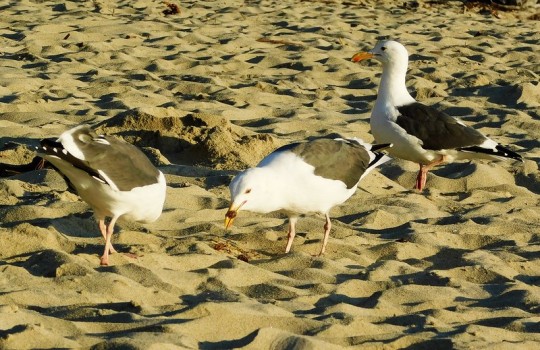
Thieves
#seagulls#western gull#beach#wildlife#laguna beach#orange county#california#photo#digital#original photographers
0 notes
Text





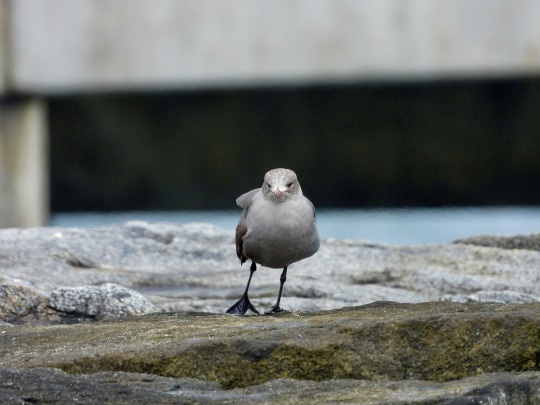
western gull, heermanns gull, and pigeons at the fishing pier at the port of los angeles
0 notes